Daily yoga practice has gained immense popularity in recent years, with more and more people incorporating it into their fitness routine. Yoga is an ancient practice that originated in India, and it has been shown to have numerous benefits for both the mind and body. In this article, we will explore what happens to your body if you do yoga every day.
Yoga is a form of exercise that involves a combination of physical postures, breathing techniques, and meditation. Regular practice of yoga has been shown to improve flexibility, strength, and balance. It can also help to reduce stress and anxiety, improve sleep quality, and boost overall well-being. In addition, yoga has been shown to have a positive impact on various health conditions, such as high blood pressure, diabetes, and chronic pain.
If you are considering starting a daily yoga practice, it is important to understand the potential benefits and risks involved. While yoga is generally considered safe for most people, it is important to consult with a healthcare professional before starting any new exercise routine. With that said, let’s dive into the potential benefits of a daily yoga practice and what you can expect for your body.
Physical Benefits of Daily Yoga
Yoga is a low-impact exercise that provides numerous physical benefits to the body. Here are some of the physical benefits of doing yoga every day:
Enhanced Flexibility and Mobility
One of the most obvious physical benefits of doing yoga every day is enhanced flexibility and mobility. Yoga involves stretching and holding poses that help to improve the range of motion in the joints. Regular yoga practice can help to loosen tight muscles, improve posture, and increase overall flexibility.
Increased Muscle Strength and Tone
Yoga is also a great way to increase muscle strength and tone. Many yoga poses require holding the body in a specific position, which helps to build muscular strength. The core muscles, including the abs and lower back, are also engaged in many yoga poses, which can help to tone and strengthen these muscles.
Improved Posture and Balance
Yoga can also help to improve posture and balance. Many yoga poses require proper alignment and form, which can help to improve posture. Additionally, many yoga poses require balance, which can help to improve overall balance and stability.
Weight Management
While yoga may not be the most intense form of exercise, it can still be an effective tool for weight management. Regular yoga practice can help to increase muscle mass, which can help to boost metabolism and burn calories. Additionally, yoga can help to reduce stress, which can be a contributing factor to weight gain.
Overall, daily yoga practice can provide numerous physical benefits to the body. From enhanced flexibility and mobility to increased muscle strength and tone, yoga is a great way to improve overall physical health and well-being.
Mental and Emotional Health Enhancements
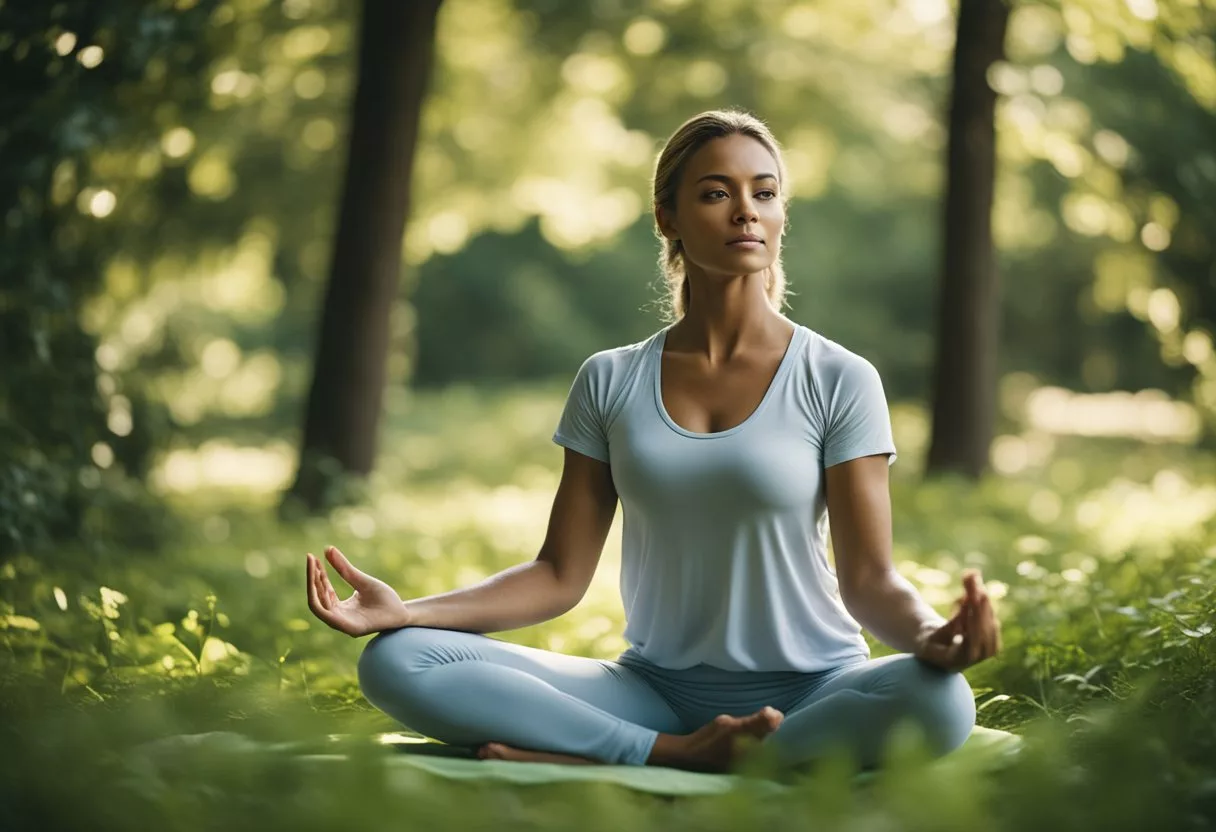
Regular yoga practice can have a positive impact on mental and emotional health. The following subsections outline how daily yoga can improve stress reduction and relaxation, focus and mindfulness, and mood while lowering anxiety.
Stress Reduction and Relaxation
Yoga combines several techniques used for stress reduction, such as breathing exercises, stretching exercises, fitness programs, meditation practice, and guided imagery. According to a survey, 86% of Americans who practice yoga said that it helped them to deal with stress source. The tightening and relaxing of muscles during yoga can reduce tension, leading to a more relaxed state of mind and body.
Improved Focus and Mindfulness
Daily yoga practice can also boost focus, facilitate relaxation, increase mental clarity, and reduce the effects of worry and stress. Yoga is a form of meditation that encourages mindfulness, which is the practice of being present and fully engaged in the current moment. By focusing on the breath and body movements during yoga, individuals can improve their ability to concentrate and remain mindful in their daily lives.
Better Mood and Lowered Anxiety
Yoga is also a powerful tool for quelling anxiety levels and improving mood. Research has shown that when individuals practice yoga, their brain cells develop new connections, and changes occur in brain structure as well as function, resulting in improved cognitive skills such as learning and memory source. Yoga strengthens parts of the brain that play a key role in memory, attention, awareness, thought, and language. Think of it as weightlifting for the brain. By improving brain health, yoga can help reduce symptoms of anxiety and depression, leading to an overall better mood.
Health Conditions and Yoga
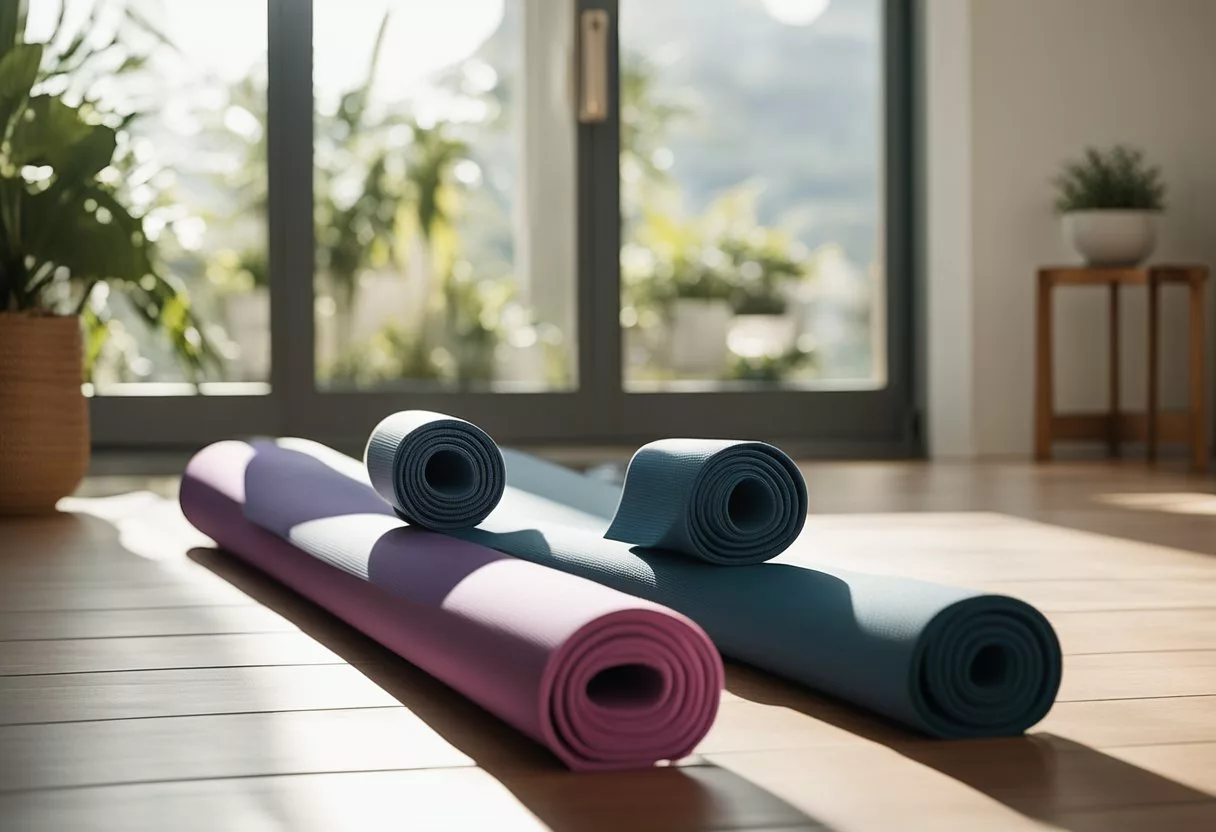
Yoga has been found to be beneficial in the management of various health conditions. Here are some of the ways in which yoga can help alleviate chronic pain, manage arthritis and joint pain, improve heart health and blood pressure, and enhance immune system function.
Alleviation of Chronic Pain
Chronic pain can be debilitating and affect one’s quality of life. Yoga has been found to be effective in reducing pain due to conditions such as back pain, neck pain, and headaches. A study published in the Journal of Pain Research found that practicing yoga for eight weeks reduced chronic lower back pain and improved spinal flexibility. Yoga can also help reduce neuropathic pain, which is pain caused by nerve damage.
Management of Arthritis and Joint Pain
Arthritis and joint pain can make it difficult to perform daily activities. Yoga can help manage these conditions by reducing inflammation and improving joint flexibility. A study published in the Journal of Rheumatology found that practicing yoga for eight weeks improved joint flexibility and reduced pain in patients with osteoarthritis. Yoga can also help reduce inflammation in the body, which is a common factor in many chronic diseases.
Heart Health and Blood Pressure
Heart disease is a leading cause of death worldwide. Yoga can help improve heart health by reducing stress and lowering blood pressure. A study published in the European Journal of Preventive Cardiology found that practicing yoga for six months reduced blood pressure in patients with hypertension. Yoga can also help improve heart rate variability, which is an indicator of heart health.
Enhanced Immune System Function
The immune system plays a crucial role in protecting the body against illness. Yoga can help enhance immune system function by reducing stress and inflammation. A study published in the International Journal of Behavioral Medicine found that practicing yoga for three months reduced inflammation and improved immune system function in breast cancer survivors. Yoga can also help improve sleep quality, which is important for overall health and immune system function.
In conclusion, practicing yoga regularly can have numerous health benefits, including alleviating chronic pain, managing arthritis and joint pain, improving heart health and blood pressure, and enhancing immune system function.
Yoga Practice Essentials
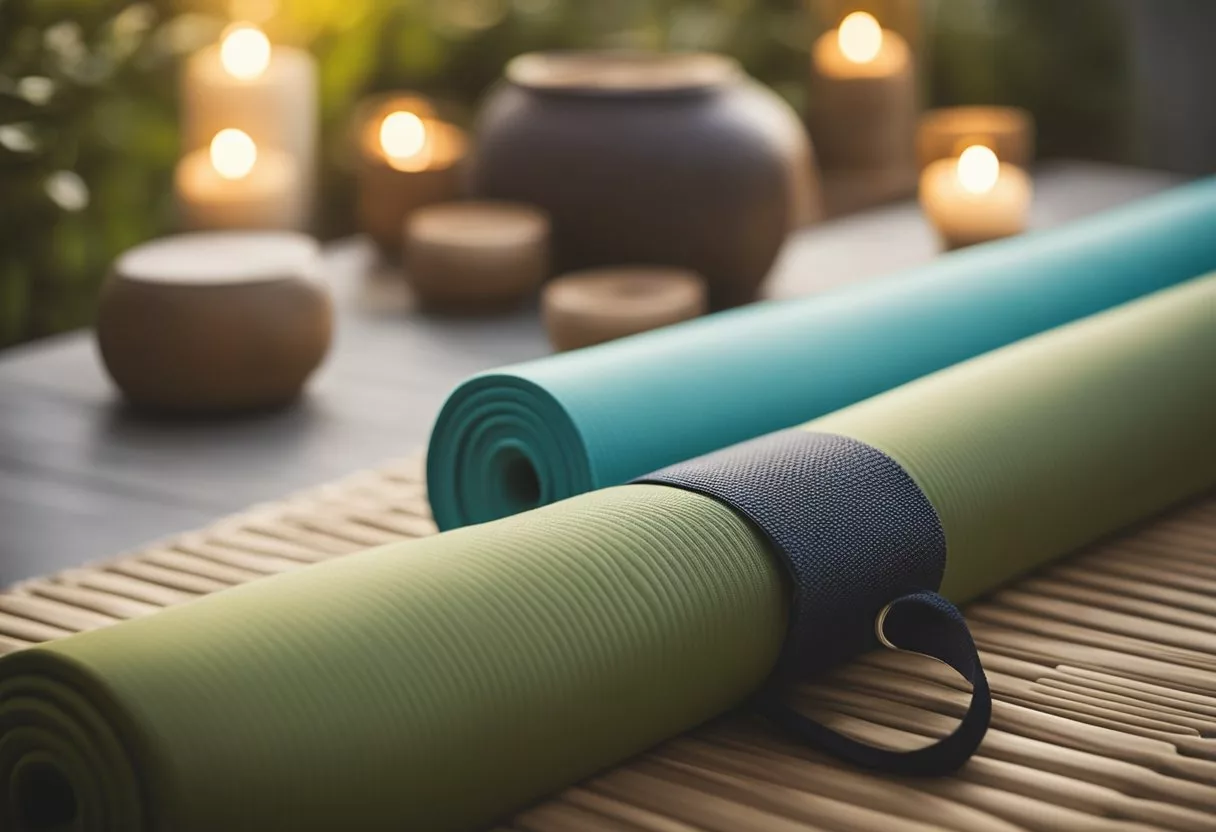
Yoga is a practice that involves physical postures, breathing techniques, and meditation. It is an ancient practice that has been used for centuries to help individuals achieve physical, mental, and spiritual well-being. In this section, we will discuss the essential elements of a yoga practice, including breathing techniques, yoga poses and forms, and incorporating meditation into yoga.
Breathing Techniques and Their Importance
Breathing is an essential part of yoga practice. It helps to calm the mind and reduce stress and anxiety. There are several breathing techniques, or pranayama, that are used in yoga. One of the most common techniques is called Ujjayi breathing. This technique involves breathing in through the nose and exhaling through the mouth while constricting the back of the throat. It is often used in conjunction with physical postures to help regulate the breath and focus the mind.
Another important breathing technique is called Nadi Shodhana, or alternate nostril breathing. This technique involves breathing in through one nostril and exhaling through the other, alternating between the two. It is believed to help balance the energy in the body and calm the mind.
Yoga Poses and Forms
Yoga poses, or asanas, are the physical postures that are used in yoga practice. There are many different poses, each with its own benefits and challenges. Some of the most common poses include the Tree pose, the Corpse pose, and the Downward Dog pose.
The Tree pose is a standing pose that helps to improve balance and strengthen the legs. The Corpse pose, also known as Savasana, is a relaxation pose that is often used at the end of a yoga practice to help calm the mind and relax the body. The Downward Dog pose is a forward-bending pose that helps to stretch the hamstrings and strengthen the arms and shoulders.
Incorporating Meditation into Yoga
Meditation is another important element of yoga practice. It helps to calm the mind and reduce stress and anxiety. There are many different types of meditation, including mindfulness meditation, which involves focusing on the present moment and observing one’s thoughts without judgment.
Incorporating meditation into a yoga practice can be done in several ways. One way is to simply take a few minutes at the beginning or end of a yoga practice to sit quietly and focus on the breath. Another way is to incorporate meditation into the physical postures themselves, by focusing on the breath and the present moment while holding a pose.
Overall, a regular yoga practice that includes breathing techniques, yoga poses, and meditation can have many benefits for both the body and the mind. It can help to reduce stress and anxiety, improve flexibility and strength, and promote overall health and well-being.
Lifestyle and Community
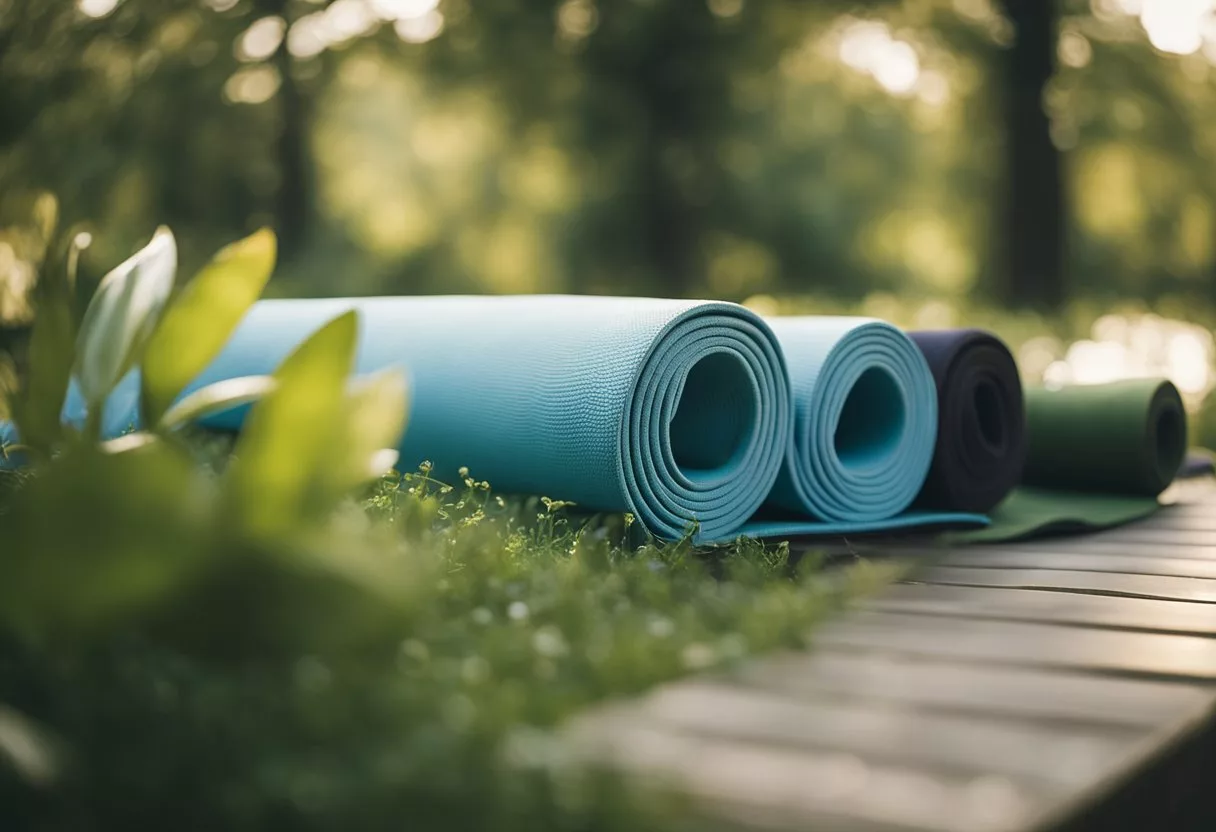
Building a Supportive Yoga Community
Yoga is more than just an exercise routine; it is a way of life that can be enhanced by building a supportive community. Practicing yoga with others can help to deepen one’s practice, provide motivation, and create a sense of belonging. Joining a local yoga studio or attending yoga classes at a gym can be a great way to build a supportive community of like-minded individuals.
Another way to build a supportive yoga community is by attending workshops, retreats, or festivals. These events provide an opportunity to connect with other yoga practitioners and teachers, learn new techniques, and deepen one’s practice. Additionally, online communities such as Yoga with Adriene offer a supportive environment for those who prefer to practice yoga in the comfort of their own home.
Integrating Yoga into Daily Life
Integrating yoga into daily life can be a powerful way to enhance one’s overall well-being. Practicing yoga in the morning can help to set the tone for the day and provide a sense of calm and focus. Even a short daily yoga practice can help to reduce stress, increase flexibility, and improve overall physical and mental health.
For those with busy schedules, finding ways to integrate yoga into daily life can be a challenge. However, even small changes such as taking a few minutes to stretch during a work break or practicing a few poses before bed can make a big difference.
Yoga for Diverse Lifestyles
Yoga is a versatile practice that can be adapted to suit a wide range of lifestyles. For those who work freelance or travel frequently, practicing yoga can provide a sense of routine and stability. Yoga can also be a great complement to other physical activities such as running or weightlifting.
Additionally, yoga can be adapted to suit diverse needs and abilities. Teachers can provide modifications or alternative poses for those with injuries or physical limitations. Yoga can also be adapted to suit different cultural backgrounds and spiritual beliefs.
Incorporating yoga into one’s daily routine can be a powerful way to enhance overall well-being and build a supportive community. Whether attending classes at a local studio, practicing at home, or attending workshops or festivals, yoga offers a versatile and adaptable practice that can suit a wide range of lifestyles and needs.
Yoga Resources and Guidance
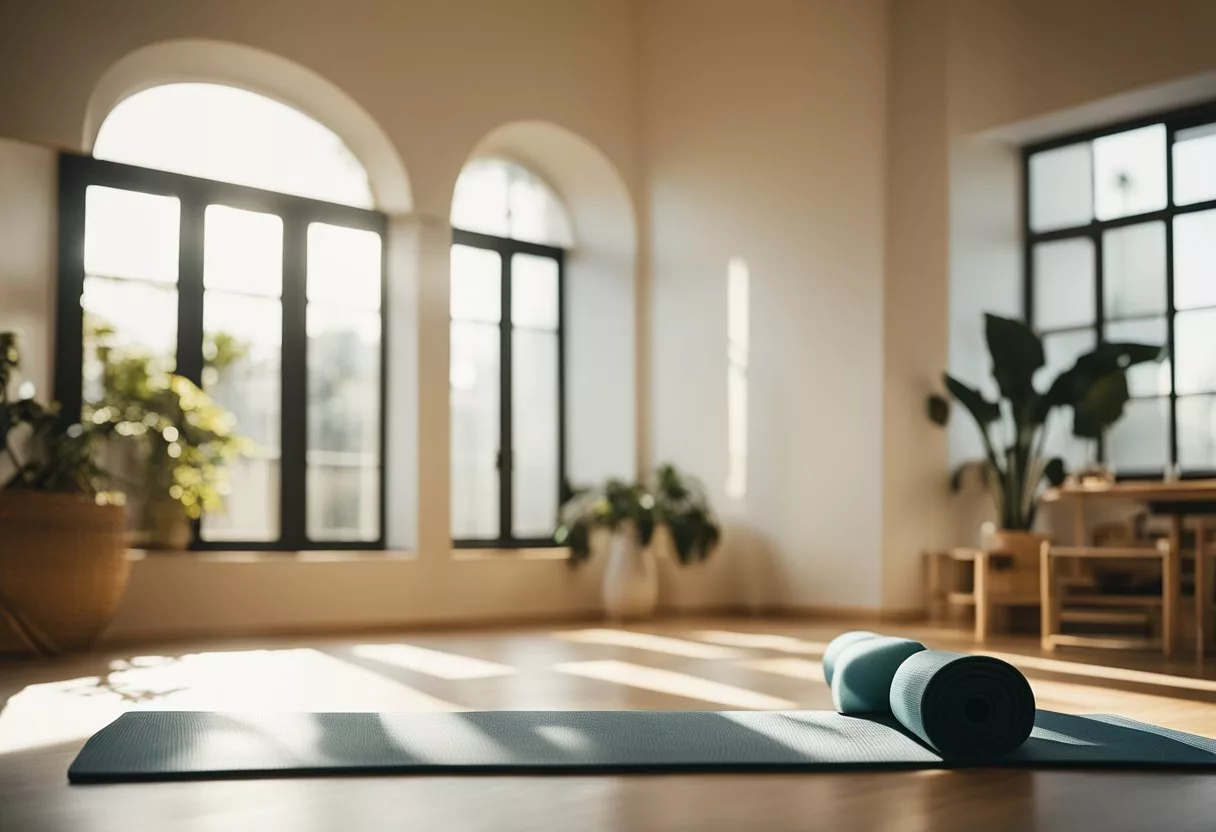
Selecting the Right Yoga Equipment
Yoga equipment is essential for a safe and effective practice. The most basic yoga equipment includes a yoga mat, which provides a non-slip surface for yoga poses, and a yoga block, which can help support and deepen stretches. When selecting a yoga mat, look for one that is thick enough to provide cushioning, but not too thick that it affects balance. Similarly, when selecting a yoga block, look for one that is sturdy enough to support your weight, but not too heavy that it’s difficult to move.
Finding Quality Yoga Instruction
Finding a quality yoga instructor is crucial for beginners and experienced practitioners alike. A good yoga instructor can help you learn proper alignment, breathing techniques, and modifications for your body. When searching for an instructor, look for one who is certified and experienced in the type of yoga you want to practice. You can also ask for recommendations from friends or search for reviews online.
Yoga Variations and Adaptations
Yoga comes in many different styles and variations, each with its own benefits and challenges. Some popular styles of yoga include Iyengar, Ashtanga, and hot yoga. It’s important to find a style that suits your goals and abilities. Additionally, yoga can be adapted for different body types and abilities. For example, chair yoga is a modified version of yoga that can be done while sitting in a chair, making it accessible to people with mobility issues.
Overall, practicing yoga can have many benefits for the body and mind. By selecting the right equipment, finding quality instruction, and exploring different variations and adaptations, anyone can enjoy the benefits of a regular yoga practice.